With the Williams FW41 the team intends to reverse the gradual slide in competitiveness since its strong performance in the first year of the V6 hybrid turbo engine regulations.
Having returned to the team last year, Paddy Lowe’s technical eye has been cast over all departments in a bid to rejuvenate the team supported by former Ferrari man Dirk de Beer, who is now head of aerodynamics. The product is the Williams FW41: a car which is clearly a departure from its predecessors, yet one with a discernibly methodical approach to its wholly new design.
The FW41 “isn’t just a genesis of a new car, it’s a genesis of a new team,” in the words of chief designer Ed Wood. “Some big changes happened over the winter and during the early part of 2017,” he added, of which Lowe and De Beer were just the two most well-known.
“When Paddy came here he recognised that when we moved to the hybrid engines in 2014, the FW36 was a very strong car,” said Wood. “He could see from afar that there were actually very strong characteristics about certain aspects of that car, particularly around tyre management, and we’ve drifted away from that with successive cars until the FW40 last year.”
Lowe brings a wealth of knowledge from Mercedes but what we have here is not exactly a W08 with Martini stickers. Arguably Lowe’s key strength is on the mechanical side and while much of whatlies below the skin of the FW41 remain a secret there are already a few areas of the car reminiscent of his previous work.
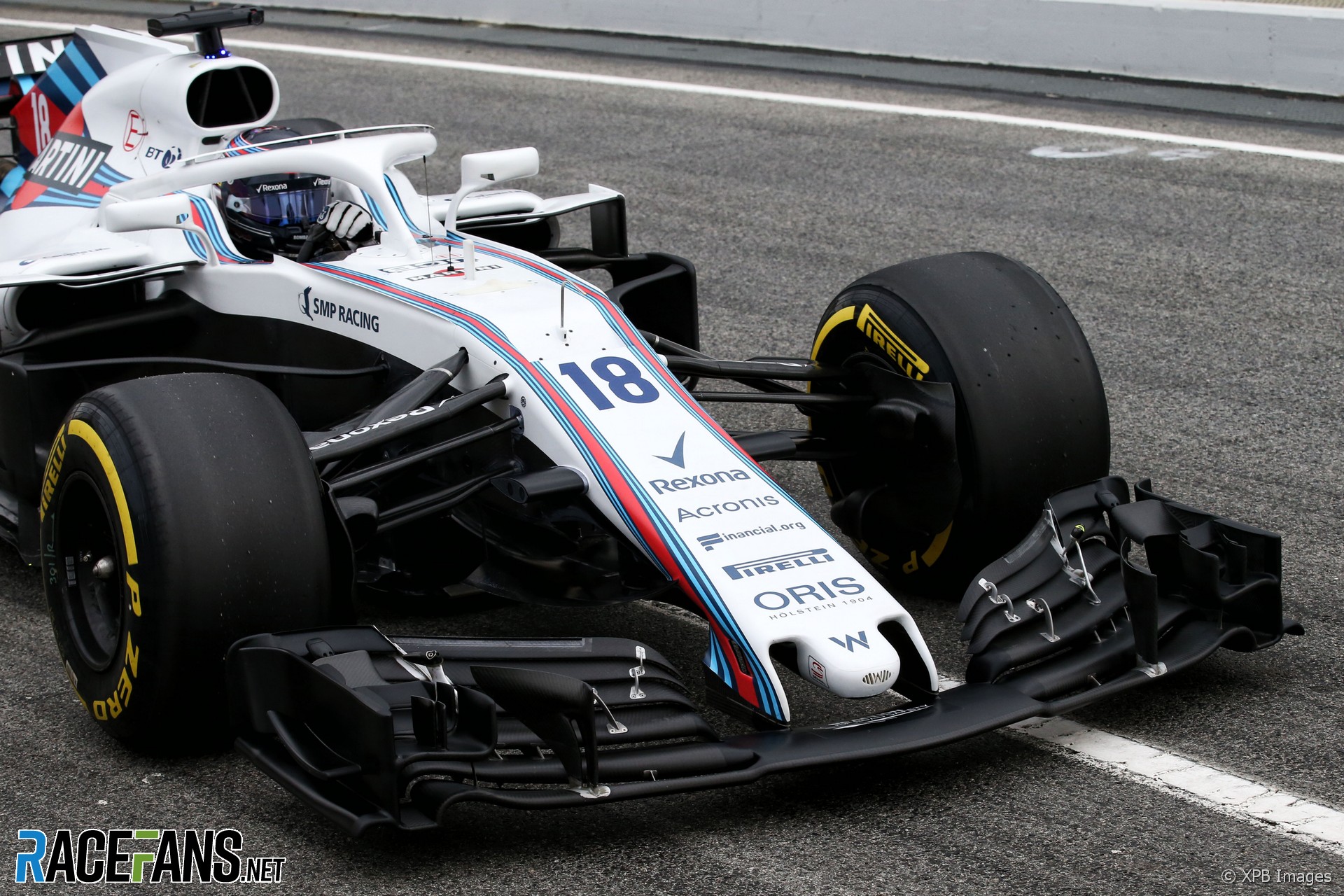
The similarities start at the front of the car which features a caped nose in place of the usual turning vanes and revised upper flaps on the front wing. Williams had fallen behind with development in this region so adopting the cape is a promising move and shows signs of change. The team will now have to learn how these potentially powerful aerodynamic devices work the air over the rest of their car, with developments surely to follow as their understanding grows.
Advert | Become a RaceFans supporter and
Wood makes it clear the team expect to find a lot more downforce from their second attempt at the post-2017 rule set. “We’ve been much more aggressive on the car,” he said, “we’re opening up a lot of potential for aerodynamic development, so I’m hoping to see some good characteristics in terms of driveability, predictability, and the capability of the drivers to get a hold of a good consistent race car, with a very big uplift in overall aerodynamic potential.”
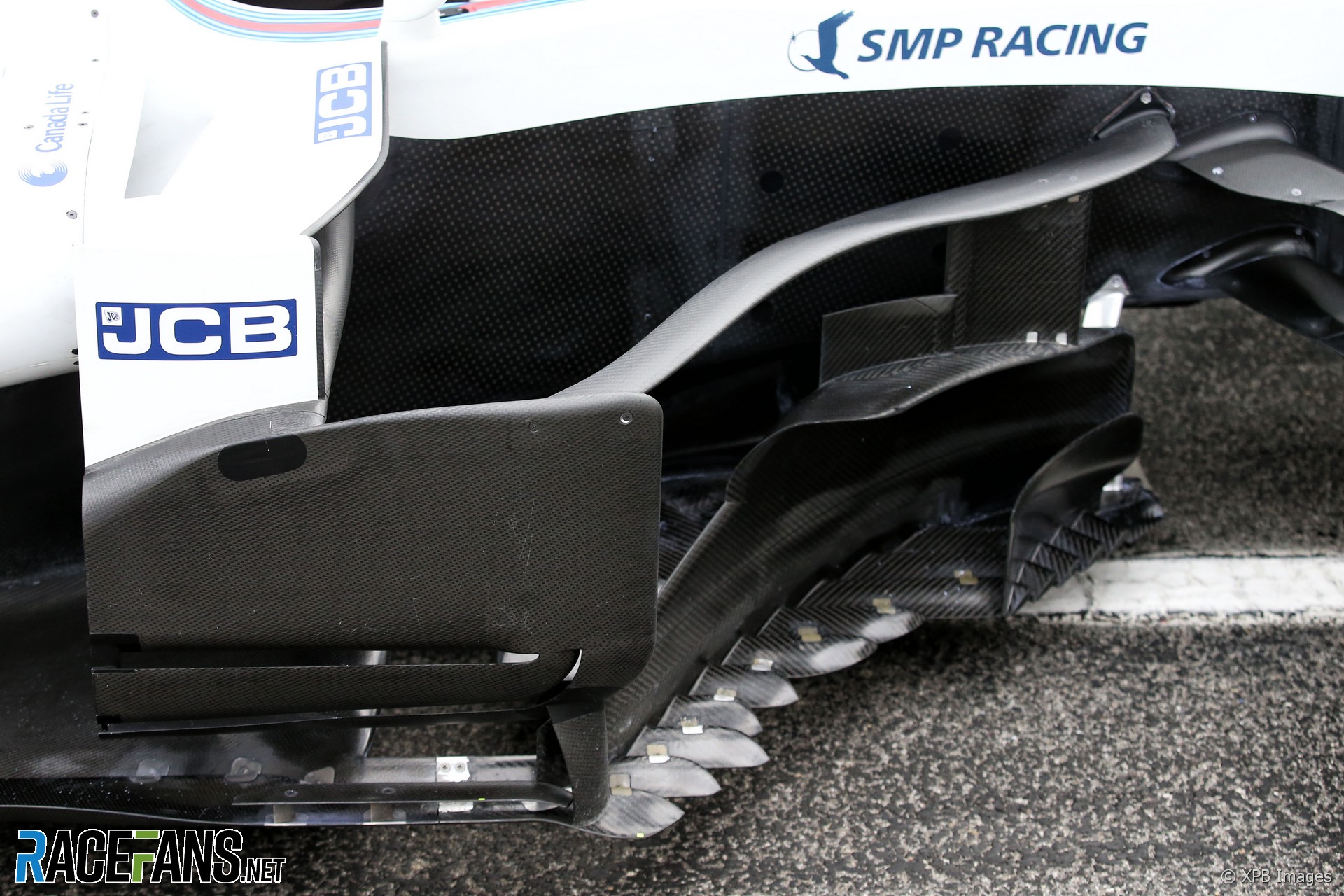
The midriff of the car, which was concealed at launch by carbon fibre, black paint and darkened images, exposes a significant chunk of the team’s winter work. The all-new bargeboards are greatly evolved over last year’s.
The footplate area is heavily fluted, consisting of an array of ‘teeth’ that extend forward from the leading edge of the floor and intersect the base of the bargeboard. The fluting creates lots of small pressure gradients, leading to the generation of a series of vortices that wind up into one as it is pushed outwards by the bargeboards that help seal the floor, boosting downforce.

The sidepods have an air of Ferrari about them, however, and their design is a genuine masterpiece: by using the low-slung side impact protection spar an extreme undercut has been created below the wide, but narrow, inlet, providing a huge volume for airflow to travel through. The undercut is protected by a plethora of large baffles surrounding the inlet, defending it from the turbulent wake of the tyre ahead.
At the rear the Mercedes influences continue with a similar diffuser design. Williams continues to use an alloy gearbox case while most teams construct theirs from carbon fibre. “It’s something we may look at for the future,” said Lowe, “but we’re happy with what we’ve got at the moment.”
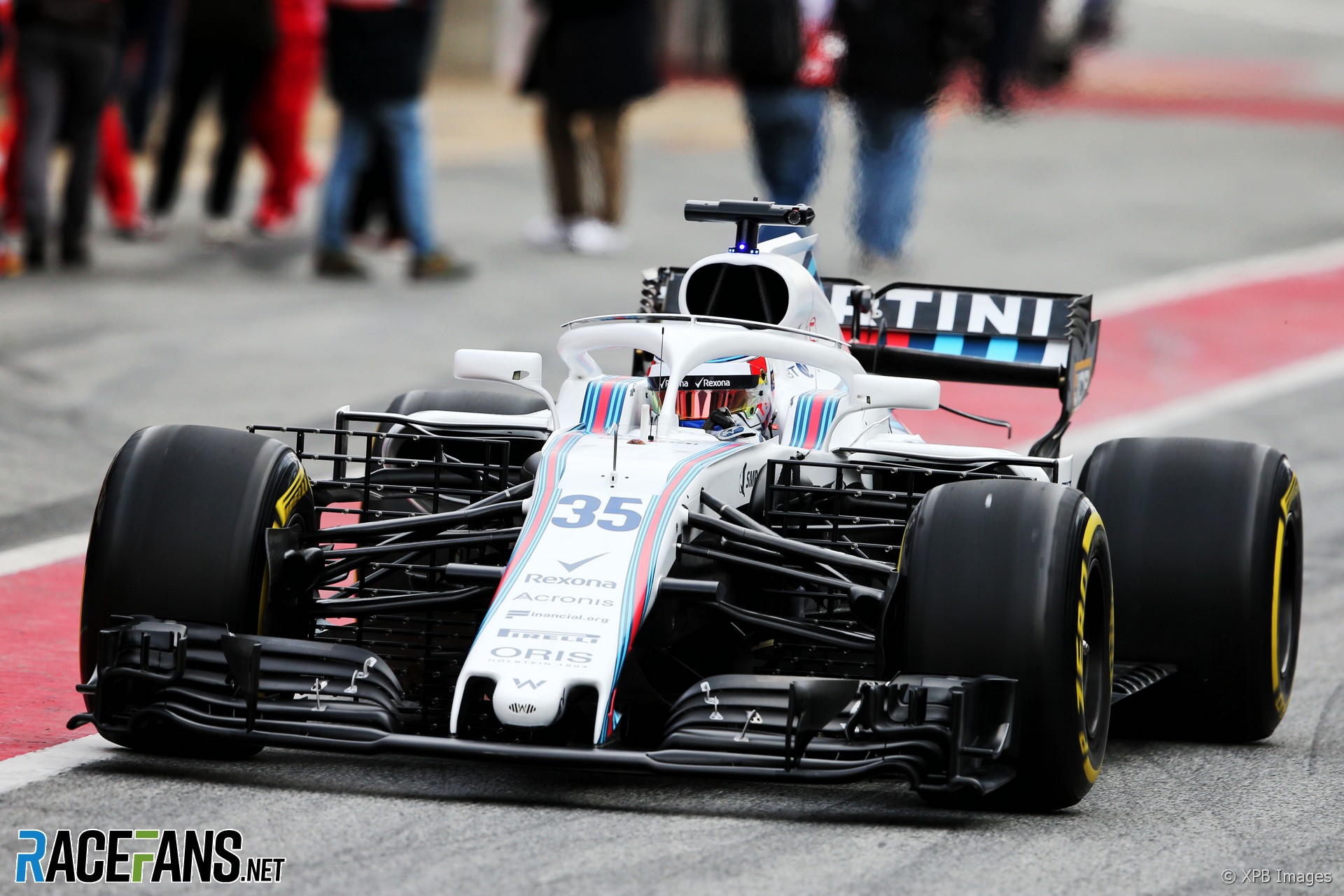
The front suspension has received a bit of an inspection over the off season. The high wishbone layout favoured by others hasn’t been adopted, nor the extruded clevises, but the carbon fairings have been heavily sculpted to manage the air around the front tyre.
De beer says the team has “taken a more aggressive approach” with the FW41 compared to last year’s car, “both in terms of being prepared to adopt features on the car which may lead to a loss of performance but that we feel, in the long term, is the right direction to go, and also being more aggressive in the way we believe we will operate the car.”
“For example, in terms of how much fuel we’re running, how much cooling we have in the car. The car is much less conservative than the FW40. We are pushing the car to the edge in a whole variety of areas.”
How big a step forward they have made, and how quickly they can realise it given the compromised start to testing due to last week’s poor weather, is now the crucial question.
Go ad-free for just £1 per month
>> Find out more and sign up
F1 technology
- Pictures: Alpine’s new front wing and more Suzuka updates
- Pictures: Red Bull bring first performance upgrade for RB20
- How teams have tweaked their cars to hit higher speeds in Jeddah
- ‘A horrible project’: Why duplicating Red Bull’s trend-setting suspension is so difficult
- Aston Martin, Mercedes, Haas and others describe extensive US GP updates
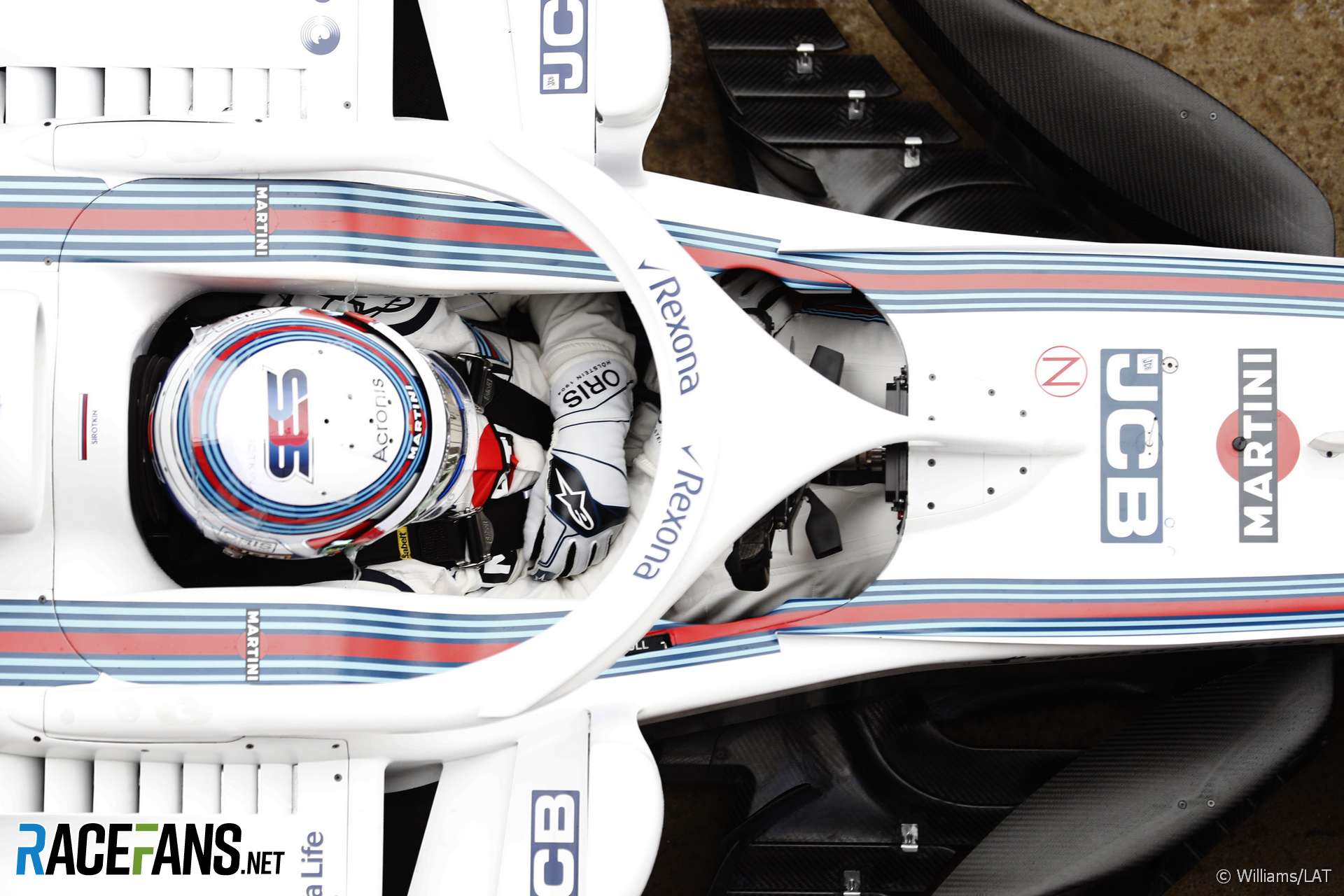




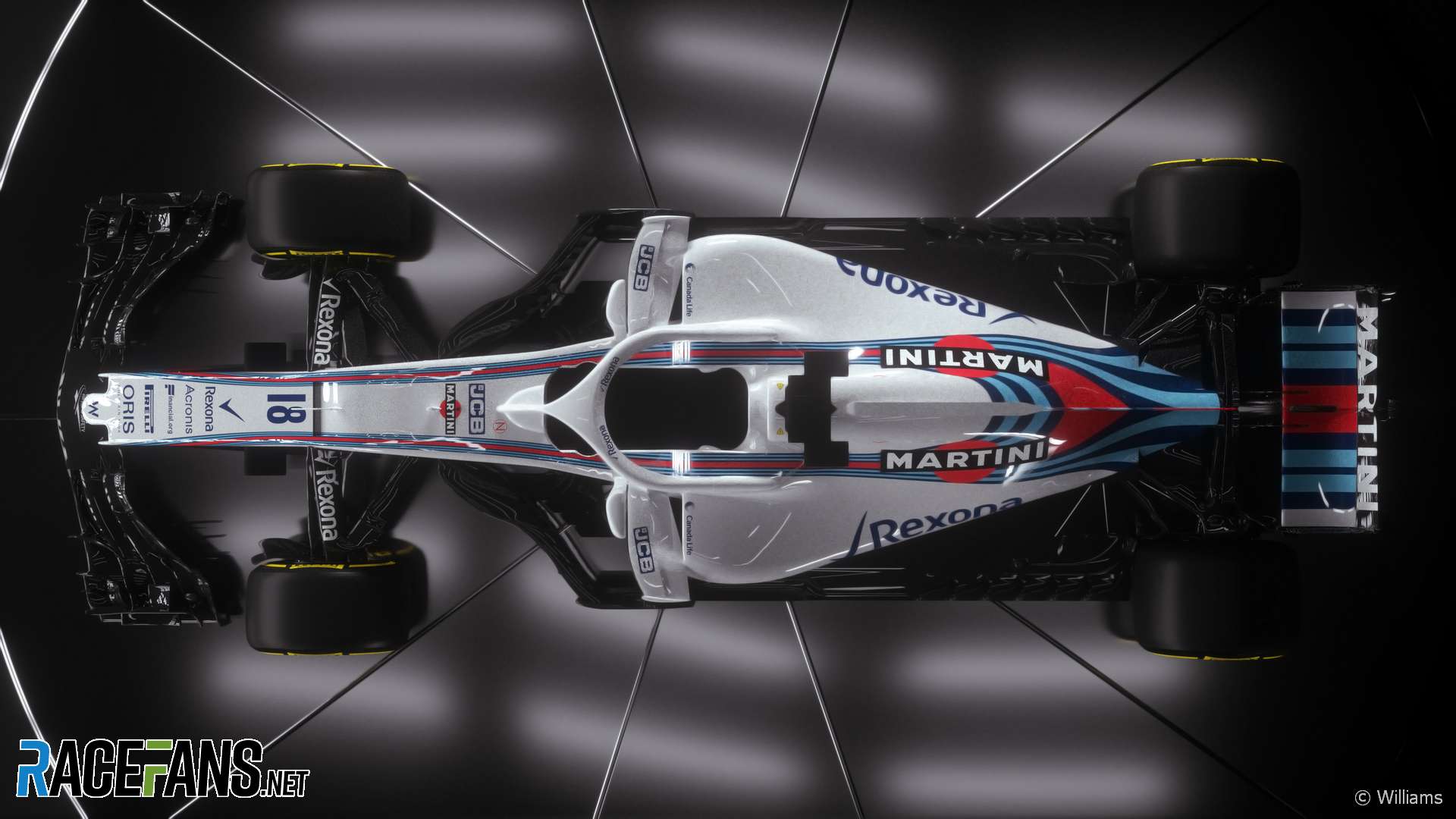
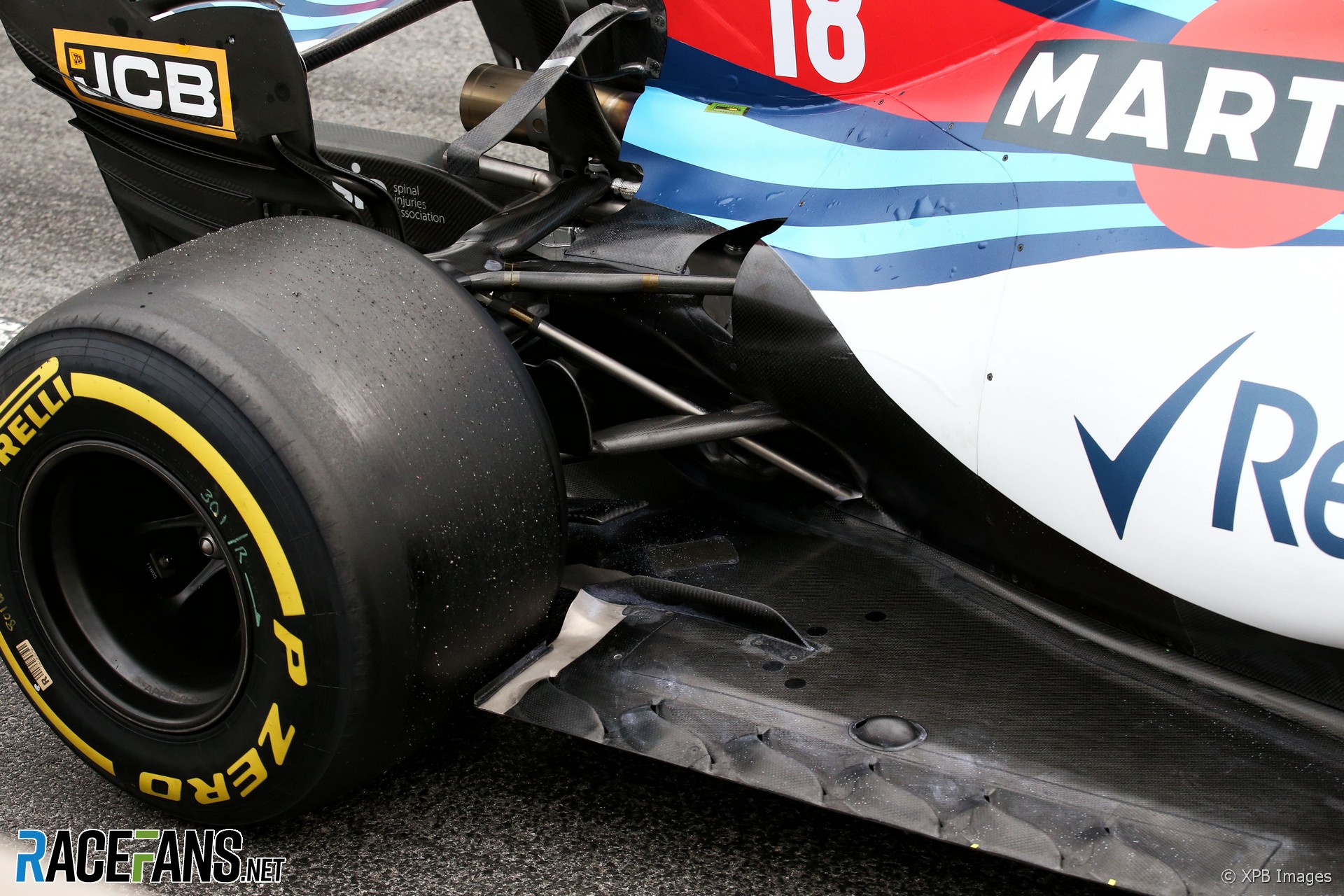
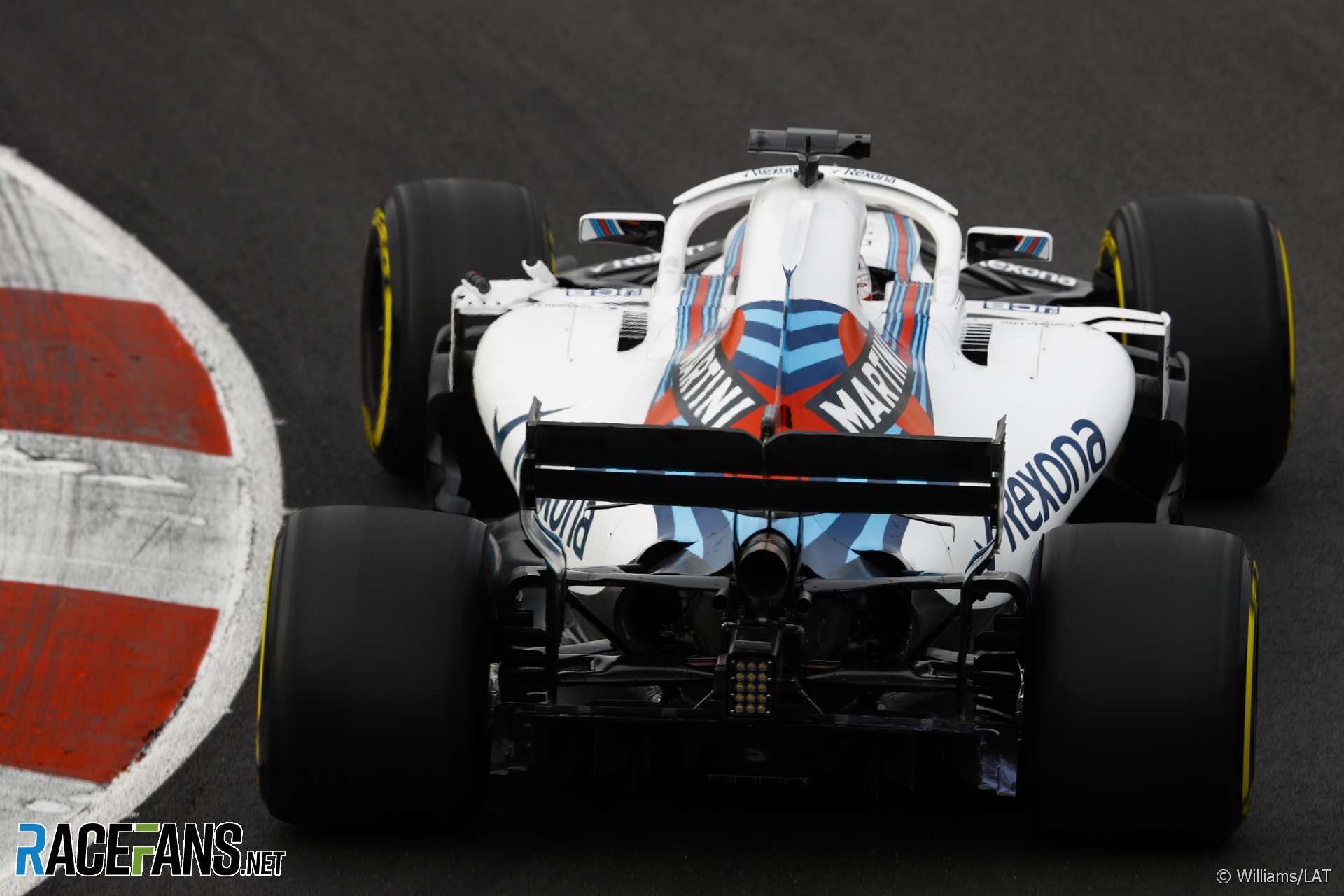
Scotty
4th March 2018, 13:09
Are the actual cars that are tested ever raced? I know the teams make multiple examples of their machines but I have never been able to find a that states how many and what events they are used in. Anyone have some insight?
Scotty
4th March 2018, 13:10
*Find a source that states*
IJW (@)
4th March 2018, 14:15
I would of thought that the chassis number would tell you. Assuming (dangerous I know) that chassis number 1 is the test version, then if any of the drivers are using chassis number 1 in the races then the answer to your question is Yes. I believe Hamilton has raced using chassis number 1 over the last few years.
anon
4th March 2018, 15:34
@ijw1, most teams generally take the approach of building three or four chassis so that each driver can use one chassis as his main one and then have a spare chassis they can use (either switching to it if there are signs of a loss of stiffness or cracking to the main chassis, or in case of an accident that damages the original chassis). After all, the teams usually have to build at least one spare chassis in order to complete the pre-season crash tests, and it’s not uncommon for the chassis that was built for the crash tests to then be kept as a spare chassis for the drivers.
Johns
4th March 2018, 15:45
I think the crash test chassis are scrapped after the test serious is complete. It is hard to tell if carbon fibre has internal damage that may comprimise strength in a second accident. I would imagine these probably turn into auto show chassis.
anon
5th March 2018, 13:58
Johns, it’s not that difficult – there are a wide range of non-destructive testing methods that can be used, and indeed are fairly routinely used during the season to look for such issues.
Even fairly major teams will reuse a chassis after crash testing if the tests were successful, since usually it would only be the separate crash structures themselves that would be destroyed. I have a recollection that, when driving for Red Bull a few years ago, Vettel had to switch chassis mid season when he damaged his original chassis and the spare one he used was the one that had originally been built for crash testing (not to mention the debate when Webber had to change chassis himself a while later, and the one that he was given was Vettel’s old chassis that had been repaired and put back into the pool as a spare chassis).
Mike
4th March 2018, 14:56
According to the Grand Prix driver series from Mclaren, there are manyy chassis made even before the test starts of the same design. Just as an example they said chassis no.6 went to honda foe their testing
Strontium (@strontium)
4th March 2018, 15:40
They said something similar a few years ago when they rebranded and got the Martini sponsorship. Before that they had slid down the order through lack of development. The Mercedes V6’s early dominance helped them that time, but once more they failed to develop their car.
Now though, Ferrari are back at the front, three Renault engine teams are fighting their way back to the front, Force India are seemingly working miracles with their budget, Sauber are now backed by Alfa Romeo, Haas now exists, and who knows if Honda will improve.
Next year they lose their biggest sponsor, this year they have a rookie and Stroll driving for them. I’m not convinced this is a genesis
Balue (@balue)
4th March 2018, 16:04
Seems the best way to go about scoring points outside pure speed if Pirelli is indeed going for a less durable tyre this year, but having 2 beginner and young drivers do long stints on degrading tyres, they might lose those points to mishaps just as easily.
Baron (@baron)
4th March 2018, 17:55
Regardless, I hope teams like Williams, Haas, McLaren & Sauber find their mojo this year and are able to get in the mix. The debate about pay drivers is puerile – they’re all pay drivers! Ability? Well that’s a different question and well worth debating..
Simon
5th March 2018, 4:18
It’s still too early to tell about car performance, but I’m fearful of a repeat of the 2012 season and the situation with the FW34 – an above average car (capable of consistent Q3 appearances and top eight finishes) that the team doesn’t fully understand and the drivers aren’t talented enough to extract the most from, or consistently.
Stroll was … disappointing in 2017. After his F3 form, I expected more consistency from him. His qualifying gaps to Massa at some races had to be embarrassing.
Sirotkin I’m uniformed on, and F1’s a whole new ball game, so I’ll reserve judgement until the mid-point of the season. If he demolishes Stroll, that’s both good good and bad – good in that one driver is performing strongly, but bad in that one driver isn’t. If it’s more even, then I could conceivably be either be down on both of them, or impressed by both of them. Depends where they’re on the grid…
ADUB SMALLBLOCK (@waptraveler)
5th March 2018, 15:57
I got confused when he was talking about the sidepods and mentioned “the wide but narrow inlet…” I thought wide and narrow both described the same dimension….
Will Tyson (@willt20)
6th March 2018, 14:00
Whoops, I see why that would seem confusing. They’re wide in width, narrow in terms of their depth.
Tenerifeman (@tenerifeman)
6th March 2018, 15:11
Shallow perhaps is the word you’re looking for?
The Last Pope (@the-last-pope)
5th March 2018, 21:55
@waptraveler Yes, except that a vertical dimensional wouldn’t be called wide
Gabagool
22nd March 2018, 3:39
Are those bubbles in the vinyl decals in photo #5?! C’mon, paint department, geez! Martini’s not supposed to be coming off yet.